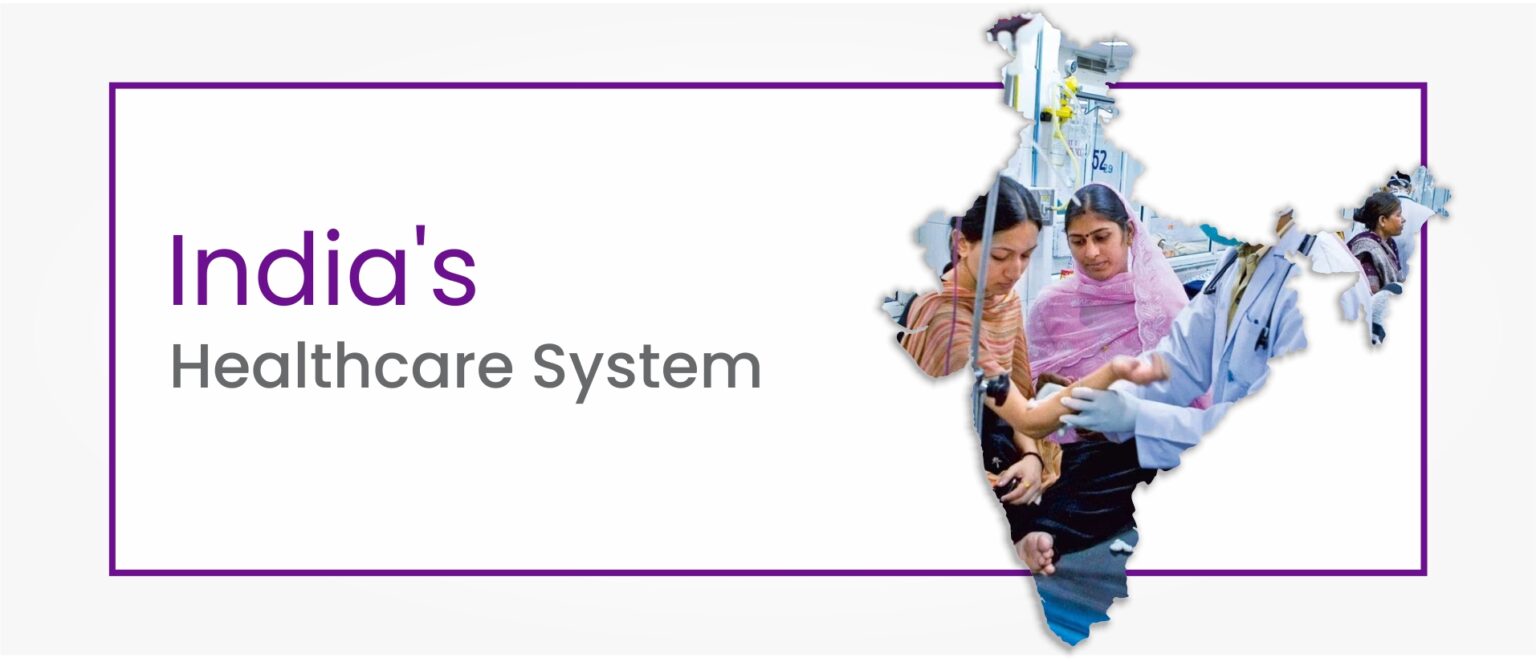
Shifting the Focus: From Sick Care to Preventive Healthcare in India
In India, a country with a rich tapestry of culture, tradition, and history, healthcare has traditionally leaned more towards a reactive approach, often termed as ‘sick care,’ rather than a proactive, preventive one. This paradigm, deeply rooted in historical, socioeconomic, and cultural factors, is beginning to shift, albeit slowly, towards preventive healthcare. Understanding why this transition is crucial, and advocating for its acceleration, is imperative for the nation’s future.
The Current Predominance of Sick Care
In India, the healthcare system has historically been geared towards treating illnesses after they occur rather than preventing them. This approach, characterised by a focus on diagnosis and treatment, is largely influenced by numerous reasons, including:
- Economic constraints
- Lack of awareness
- Inadequate healthcare infrastructure
A 2019 report by the National Health Profile highlighted that India spends only about 1.28% of its GDP on health, significantly lower than the global average. This underinvestment has ripple effects, including insufficient healthcare facilities, a scarcity of medical professionals, and limited access to care, especially in rural and remote areas. Consequently, preventive healthcare, which requires upfront investment in education, infrastructure, and public health programs, has taken a backseat.
The Case for Preventive Healthcare
Preventive healthcare encompasses measures taken to prevent diseases, rather than treating them after they occur. This approach not only saves lives but also reduces healthcare costs significantly.
According to a study by the World Economic Forum, Non-communicable diseases (NCDs) and mental health conditions are expected to cost the Indian economy $4.58 trillion by 2030. Preventive healthcare can mitigate these costs by reducing the prevalence of diseases such as diabetes, cardiovascular diseases, and cancer, which have high treatment costs and are major contributors to mortality and morbidity in India.
Moreover, preventive healthcare can improve quality of life, increase lifespan, and ensure a healthier workforce, contributing to economic growth. It includes a wide range of activities, from immunizations and regular health screenings to promoting healthy lifestyles and improving environmental health conditions.
Challenges and Solutions in Shifting Towards Preventive Healthcare
Some of the challenges in shifting towards preventive healthcare and their respective solutions are as follows:
1. Awareness
Many individuals are unaware of preventive healthcare benefits and steps to reduce chronic disease risks.
Solution: Launch education campaigns via traditional and social media to change mindsets.
2. Accessibility
Preventive measures need to be accessible to everyone, including those in rural and underprivileged urban areas.
Solution:Invest in healthcare infrastructure such as mobile health units and telemedicine to extend the reach of preventive services.
3. Limitations in Traditional Practices
There is potential to enhance acceptance and effectiveness of preventive healthcare by integrating technology along with traditional practices. India’s traditional medicine like Ayurveda, Yoga, Unani, Siddha, and Homeopathy – AYUSH) focuses on disease prevention through lifestyle management and natural therapies.

Solution: The integration of technology with traditional healthcare practices presents a unique opportunity to revolutionise preventive healthcare in India. Digital health kiosks like hPod by India Health Link stand out as a pioneering solution in this blend of ancient wisdom and modern technology, potentially enhancing the acceptance and effectiveness of preventive healthcare measures.
The Way Forward
India stands at a critical juncture, with the potential to transform its healthcare system into one that prioritises prevention over cure. This transformation will require concerted efforts from government, private sector, non-profits, and the public. Policymakers must prioritise healthcare spending, focusing on preventive care as a cost-effective strategy to improve public health outcomes.
Public-private partnerships can be instrumental in expanding healthcare infrastructure and equipping them with cutting-edge technology like digital health kiosks that can perform a variety of regular health screenings and disseminate important health information. Positioning these kiosks in strategic locations, including rural and underserved areas, will not only improve the health outcomes but will also serve as a game-changer in the industry, making it accessible to all.
Educational institutions and healthcare providers must also play their part by increasing awareness about preventive health measures and encouraging regular health screenings and check-ups.
Outline
As India continues to evolve, so too must its approach to healthcare. By shifting the focus from sick care to preventive healthcare, India can not only save lives but also significantly reduce healthcare costs, improve quality of life, and ensure a healthier future for generations to come. This shift is not merely a healthcare reform; it’s a transformational journey towards a more sustainable, equitable, and healthy society.
Quick Links
Locations
- India Health Link
- IndiQube Orion, 24th Main Rd, Sector 1, HSR Layout, Bengaluru, Karnataka - 560102.
- +91 80474 85152
- info@indiahealthlink.com
